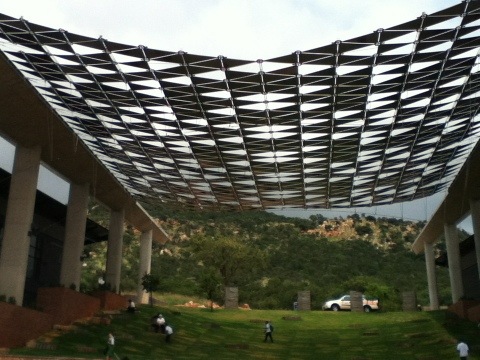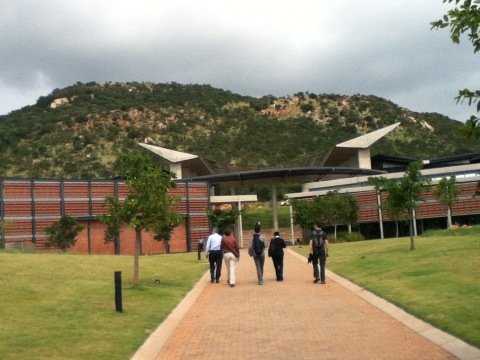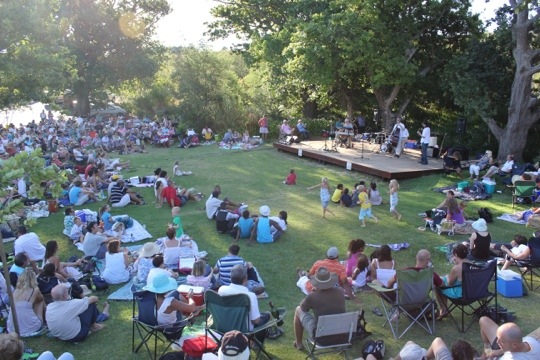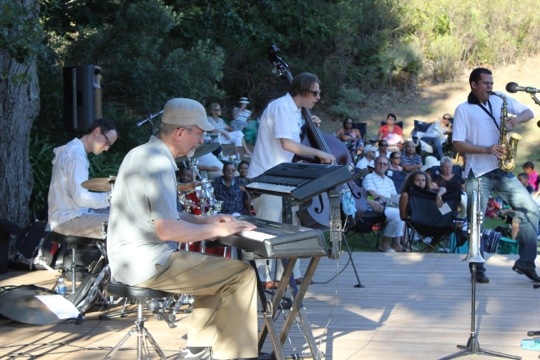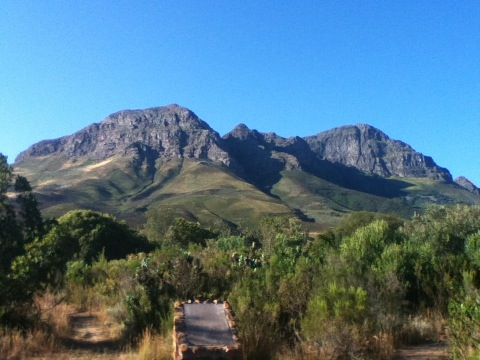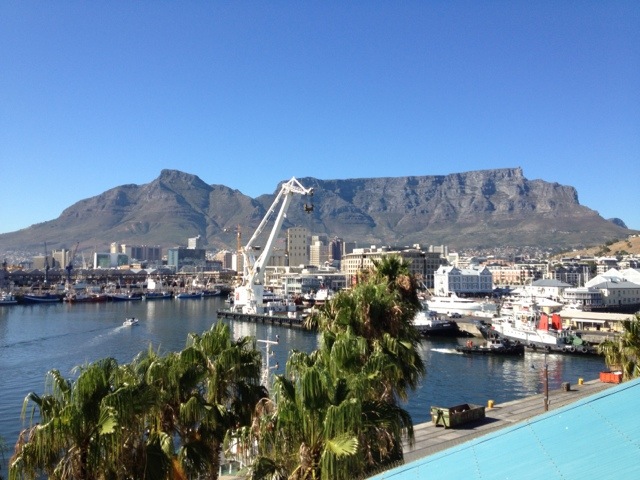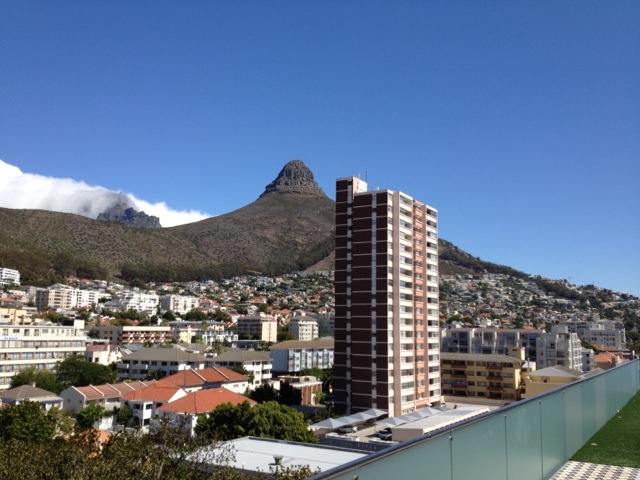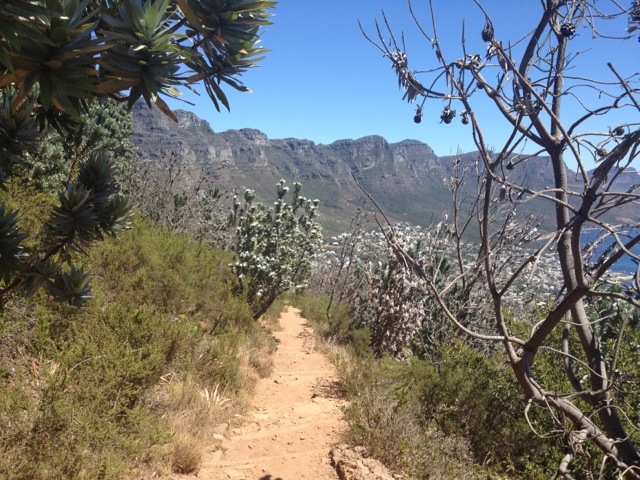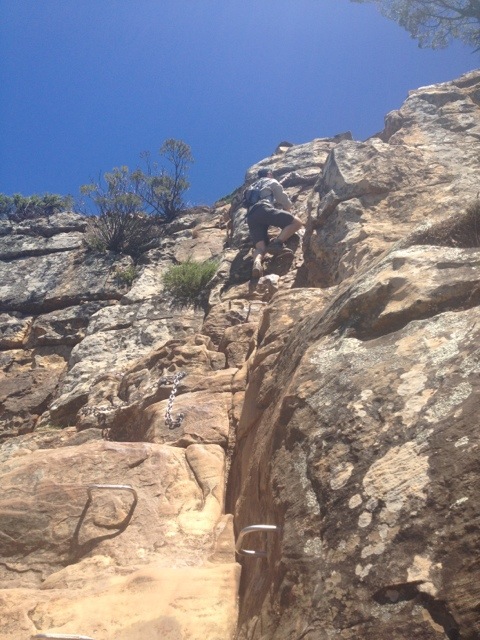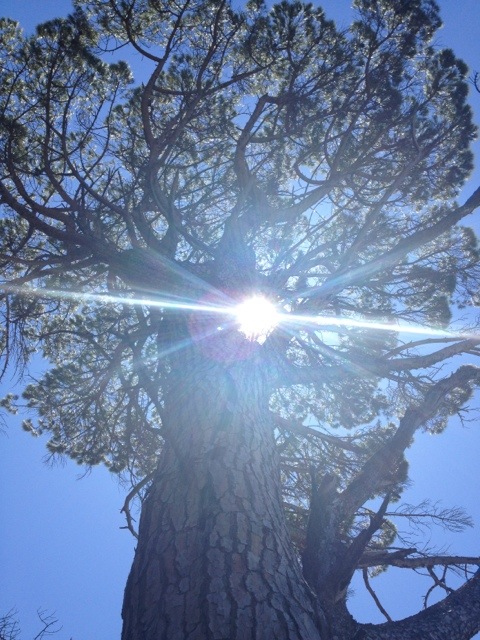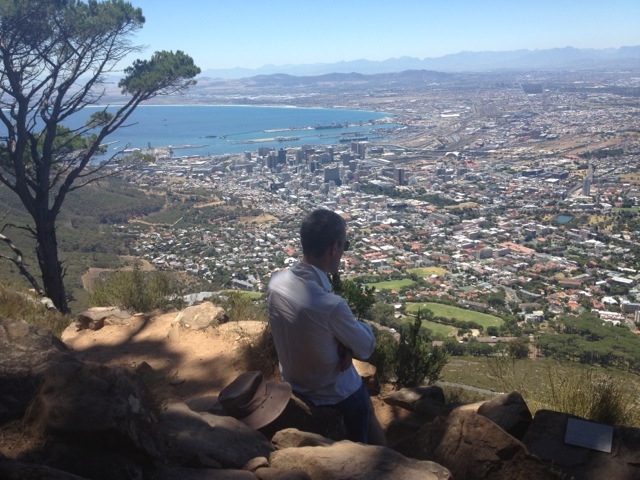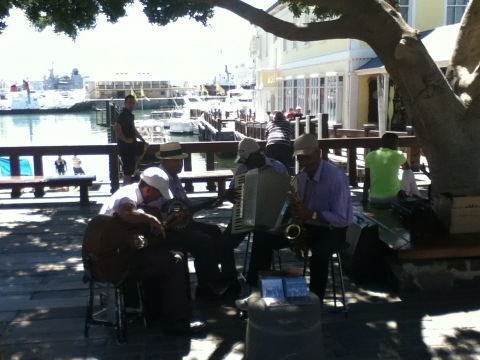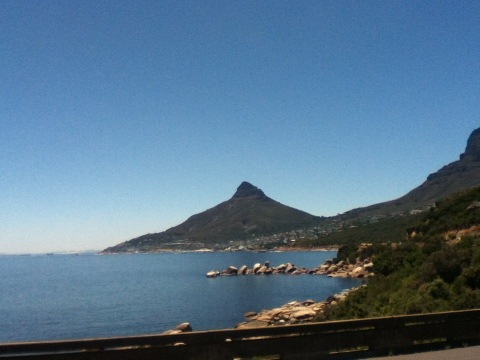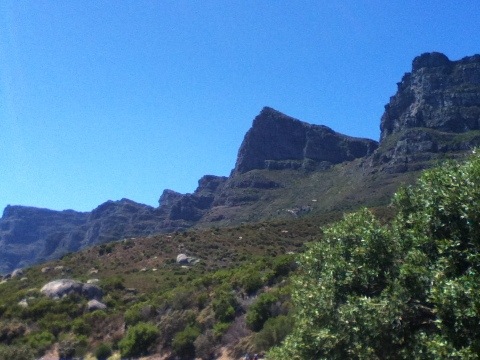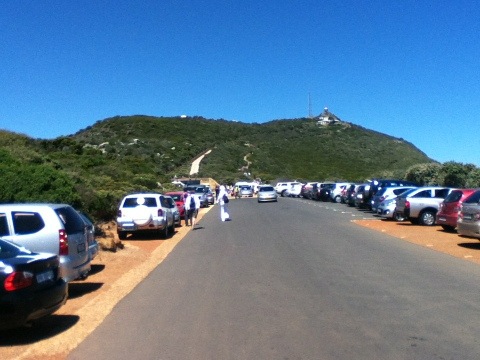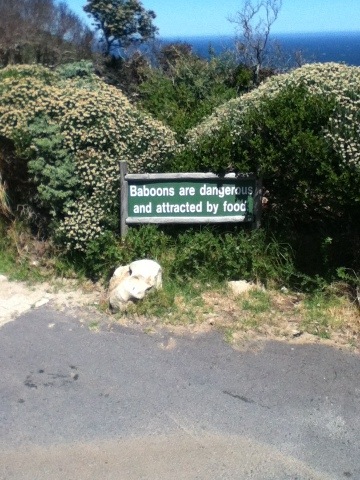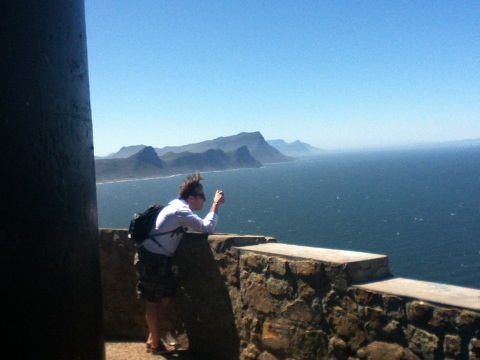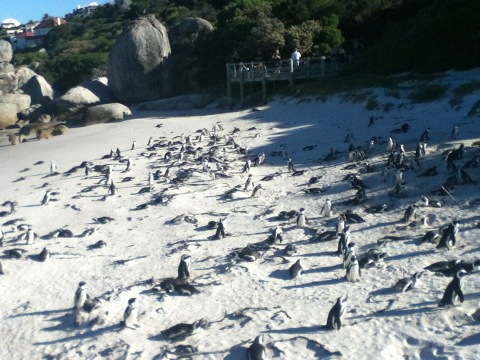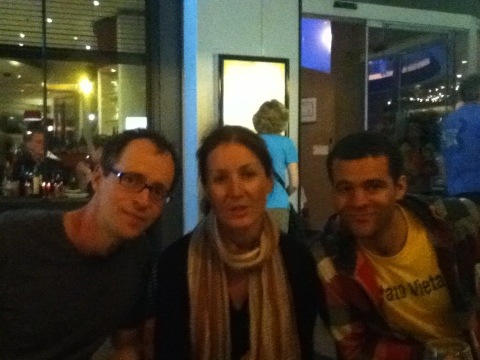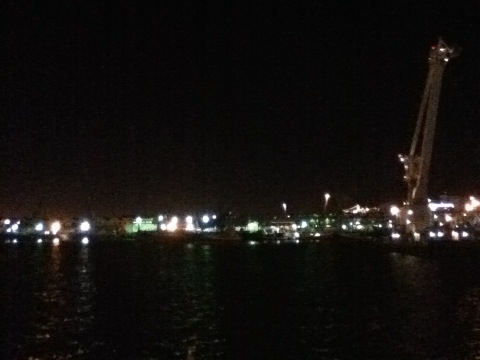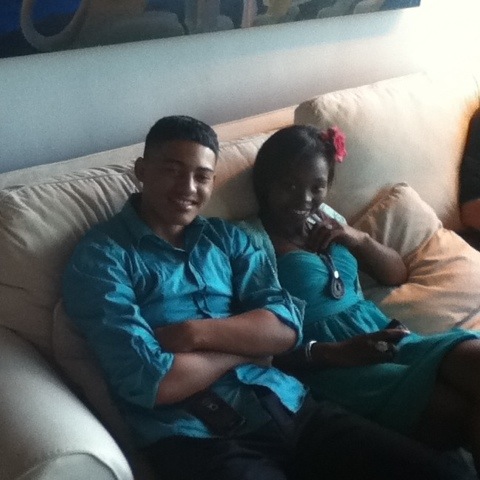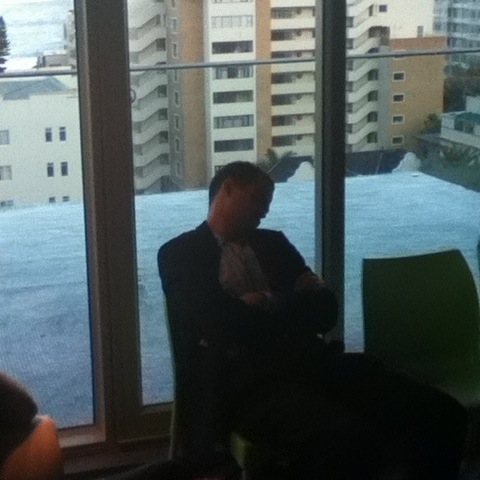This being Jasna’s last official day as the evaluator on our trip, she held a meeting with us after breakfast to give us her comments about what we have been doing. The most important issues for me were about the workshops that we have been doing. She seemed generally happy with what we’ve done, but had good suggestions for expanding on our basic plan.
Since I’ve frequently mentioned workshops in this blog, I thought it important to try to explain what we do.
Our basic workshop starts with us playing something to introduce the sound of our music. This is going to be a medium to uptempo piece, but it isn’t always the same one. In some instances, the workshop participants precede this with some music of their own. It is very helpful when this occurs because it gives us a sense of who we are working with, their level and background.
Next we move into a B-flat blues with a walking bass line over which Michael engages the audience in a vocal call and response using various drum sounds and rhythms. This is improvised and depending on the audience can be various degrees of complexity. Phrases of different lengths are traded ending in a drum solo and the outhead.
The object is to have fun and demonstrate aspects of the jazz language and the imitative process by which most language (and music) skills are acquired. Verbal explanations are kept to a minimum and this has the added benefit of working with both English and non-English speakers.
Next we move to 12-blues form through singing bass notes and holding up the associated hand signal (1 finger for the I chord, 4 fingers for IV, 5 fingers for V).
Then a simple pentatonic blues tune, Bags’ Groove, is learned through the call and response process and basic improvisation on the blues is approached in the same way.
At this point the workshop could end with one last fast tune. Generally this would take about one hour and often we have more time than that to fill. We often move to questions or working with individuals at this point. Jasna’s suggestions had to do with fleshing out our basic plan and trying get the most out of what we are already doing.
One thing that we should do is play more. Any music can only be understood through listening to it.
#1) Our workshop audiences need to hear us play more tunes, not just exercises, as musical as they might be.
Some items we can stress by repeating them more in ways that increase the level of complexity or change the context. For example, if we teach a bass pattern and a melody, dividing the group in two and combining them is a good way to give a context for each individual part to be understood. Then the groups can switch roles and the exercise repeated. Bag’s Groove could be done with the melody sung against the bass notes with people clapping on 2 & 4 and a soloist improvising in between the melodic phrases. Now we have something!!
#2) We should do more of layering and combining the elements that we already teach.
We should try to keep everyone involved. If there is a soloist working on improvising, we should try to keep everyone doing something (singing or clapping). Individuals should not be focussed on at the expense of the group.
#3) Audience members should be active participants, not passive observers.
These are some of the suggestions for us to keep in mind. Giving this kind of workshop is challenging since each group is different and we must be flexible enough to be able to respond to their needs. The more aware we are of the possibilities inherent in our material, the more likely it is that we’ll give a successful workshop.
